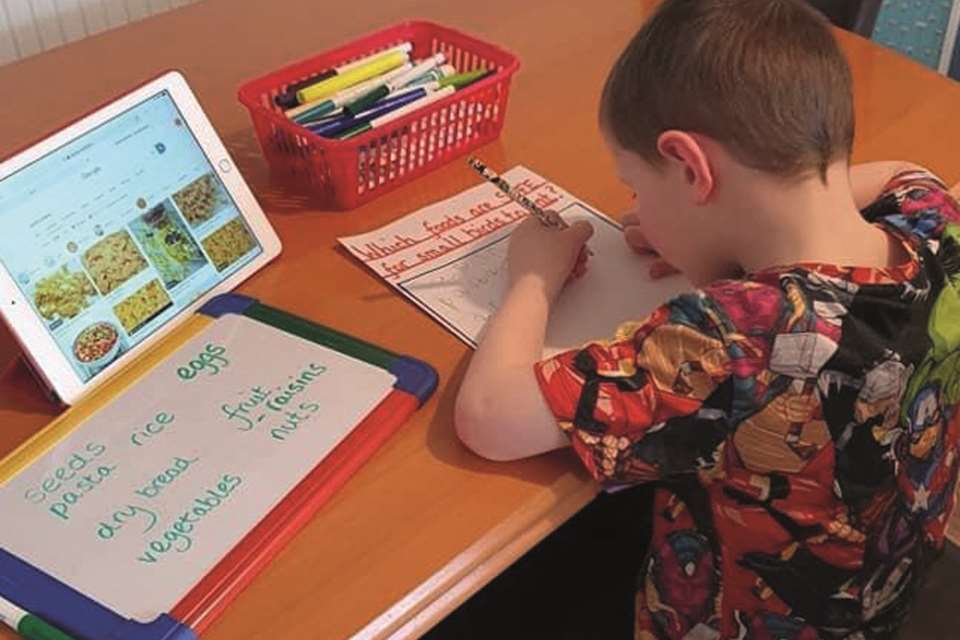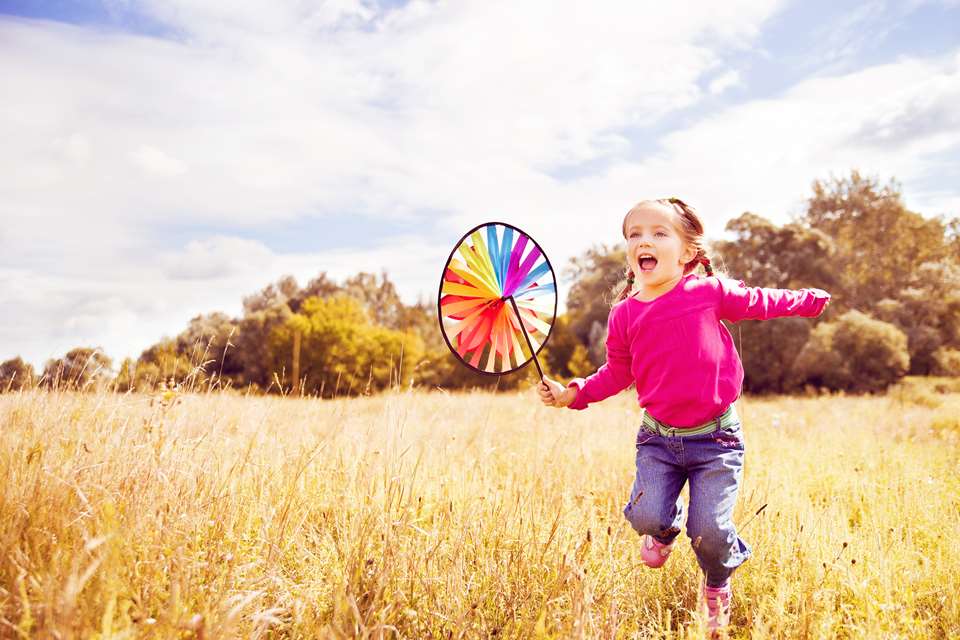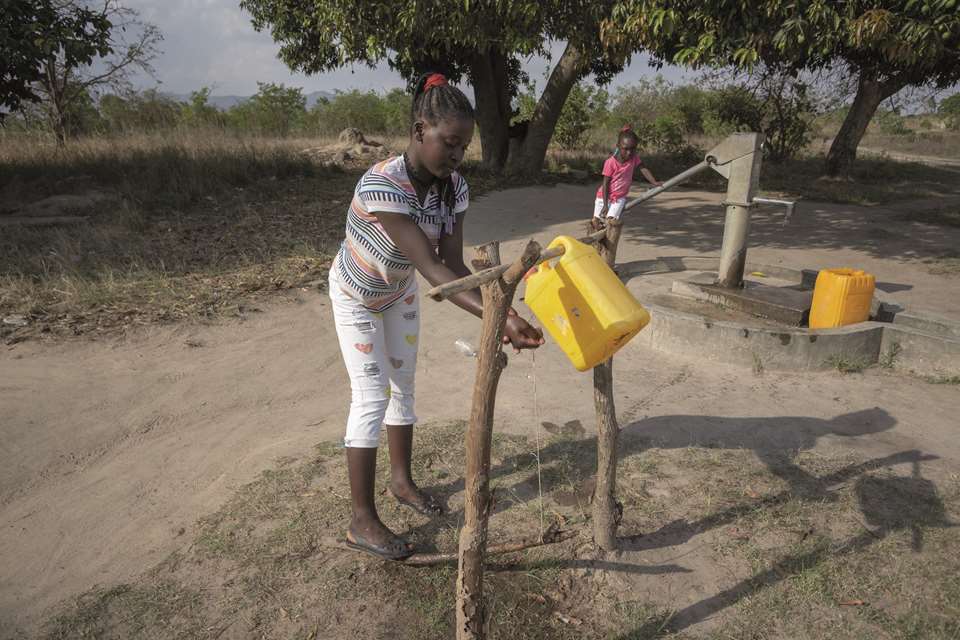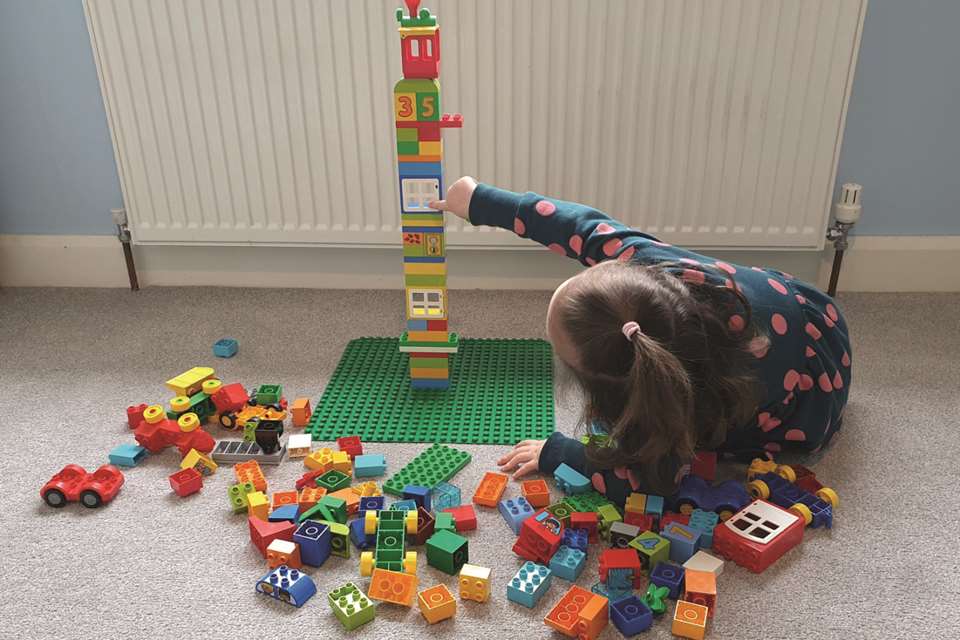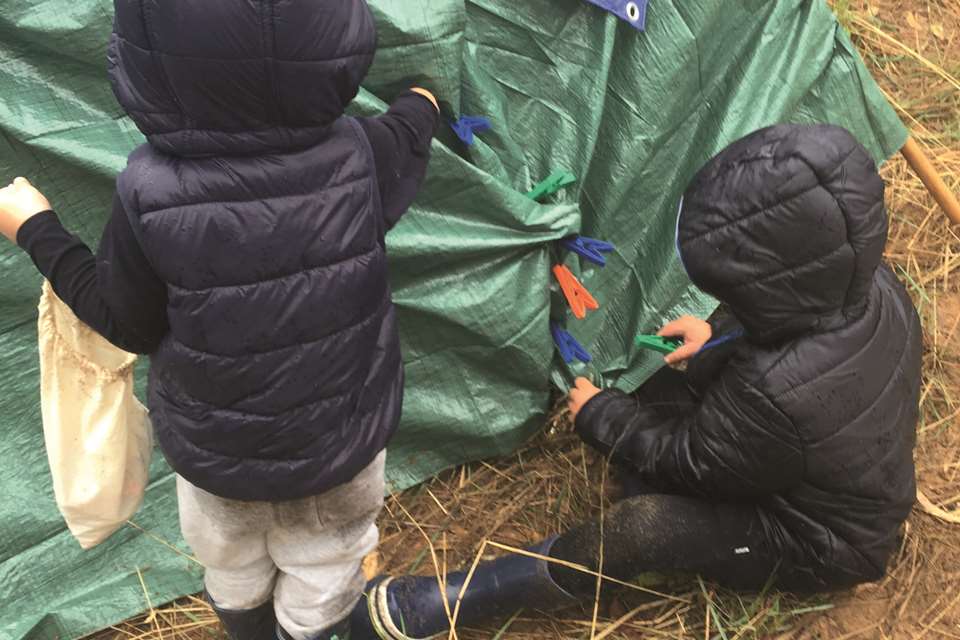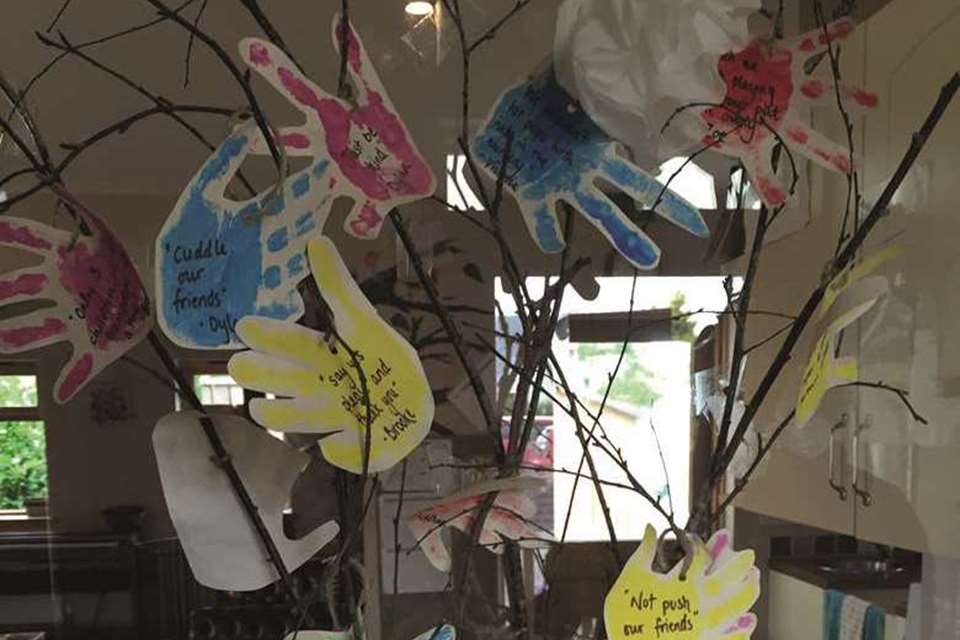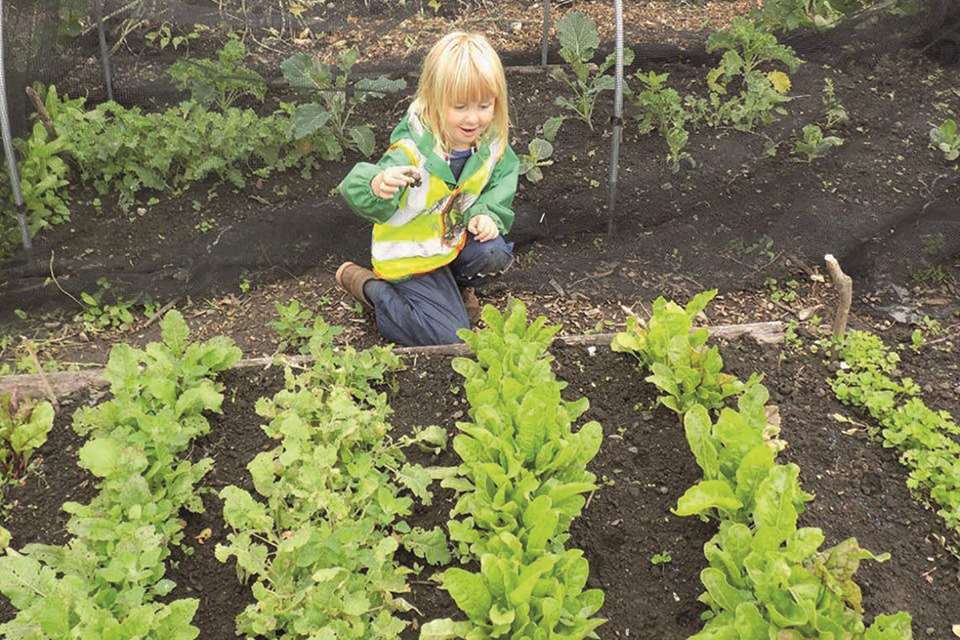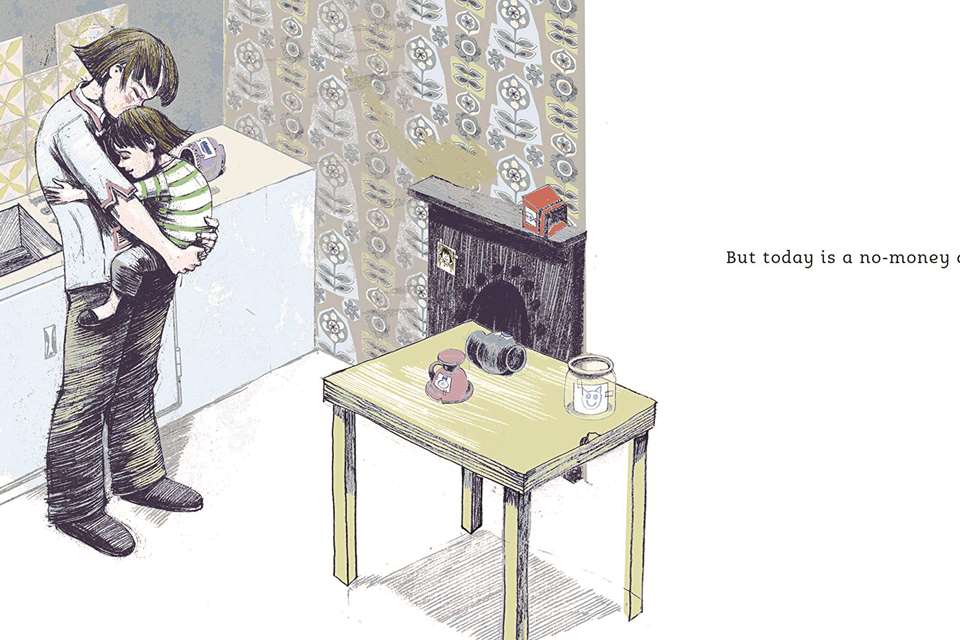EYFS activities - Education for Sustainability: Asking questions
Dr Diane Boyd
Tuesday, September 28, 2021
Many children will be aware of the problem of racism, which arises from inequality. Continuing her series on introducing the themes of the UN’s Sustainable Development Goals to children, Dr Diane Boyd considers how to discuss reducing inequalities with children
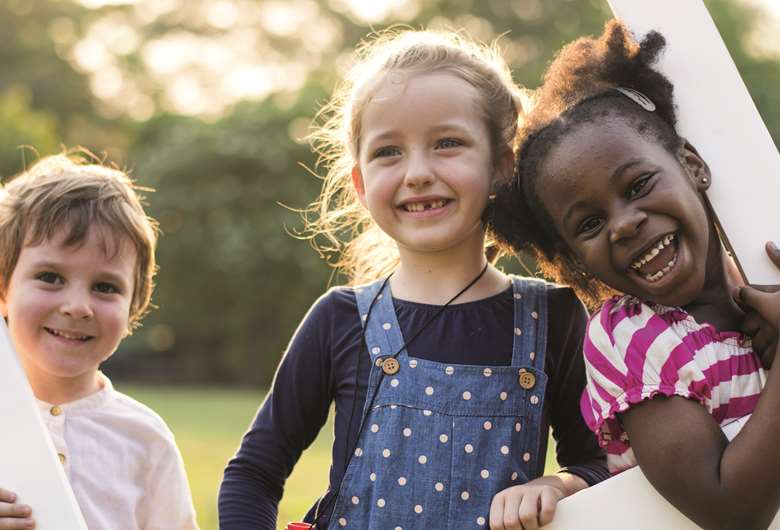
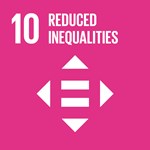 Almost one in five people have experienced discrimination on at least one of the grounds prohibited under international human rights law, according to UNESCO. This is why reducing inequality is so important. With inequality comes racism, which is a societal problem many young children are aware of.
Almost one in five people have experienced discrimination on at least one of the grounds prohibited under international human rights law, according to UNESCO. This is why reducing inequality is so important. With inequality comes racism, which is a societal problem many young children are aware of.
YOU CAN
- Emphasise that everyone and every living thing matters. Research shows that children as young as three can have racist or sectarian views.
- Share the book You Matter by Christian Robinson. It invites young children to see their cultural worlds in new and different ways and conveys what it means to have a sense of belonging. Use this text to support discussions and ask children for their thoughts.
- Consider ‘Black Lives Matter’ and unpick what the word ‘matter’ means in this context.
- After Euro 2020 this summer, three young black England footballers were racially abused. Discuss this with the children and use images to provoke conversations, such as the Marcus Rashford mural.
- Hey You! by Dapo Adeola is an empowering celebration of growing up Black. It addresses the experiences Black children face, as well as providing hope.
Learning links
British Fundamental Values are an explicit aspect of the EYFS (DfE, 2021). Ensure you fully understand them by reading this document on Fundamental British Values in the Early Years: https://bit.ly/3haaxXN.
Revisit SDG5 (Nursery World, May 2021) and the discussions around equality and inequality.
Extension activities
- UNESCO states that last year, 3,884 deaths and disappearances were recorded on migratory routes worldwide. Despite Covid-19 and mobility restrictions, tens of thousands of people continued to leave their homes and embark on dangerous journeys.
Consider the community that your setting is in – reflect upon any migrant children within the group. Be sensitive to their feelings. Recognise that for some children, English is not their first language. How can you help these families to become part of the setting?
- Development Matters (DfE, 2020) states: ‘Talk to parents about what language they speak at home, try and learn a few key words and celebrate multilingualism in your setting.’ For example, ensure your setting has labels, posters and books of different languages that reflect the community. You could also invite members of the different communities into the setting.
- Even if your setting does not have any migrant children, it is important that they are aware of diversity and culture. Use provocative images, such as migrants crossing the Channel. Ask the children to look at their faces and think about what the mums and children might be thinking or feeling. Ask them if they had to suddenly leave their home what would they take? Discuss how they would feel if they had to leave other family members or pets behind.
- Share What is a Refugee? by Elise Gravel. This simple, graphic picture book explores what it means to be a refugee. Discuss it.
- Design a welcome sign for the setting that embraces difference.
- Watch ‘Carly, A Refugee’s Story’ by the UN Refugee Agency on YouTube: https://bit.ly/3haDkeT. In the story, Carly is forced to flee her home. Pause the short film at intervals to discuss provocations as they arise.
- Look back at SDGs 1, 2 and 3 (Nursery World, December 2020-February 2021); link the overlaps in issues with this goal.
- Watch together ‘Why Haven't You Got A Jacket On?’ by One Nation: https://bit.ly/38LwPdY. Reflect on how many your children have when these children have none. How would they feel to not wear a coat in the snow, wind or rain?
- Why not develop a clothing swap in your setting so parents can access free clothes and uniforms.
Learning links
Development Matters (DfE, 2020, p32) Help children explore situations from different points of view. Talk together about how others might be feeling.
Development Matters (DfE, 2020, p34) Use dialogic story time (talking about the ideas arising from the story while reading aloud) to discuss books that deal with challenges, explaining how the different characters feel about these challenges and overcome them.
- Diane Boyd is a senior lecturer, early years, at Liverpool John Moores University, d.j.boyd@ljmu.ac.uk
FURTHER INFORMATION
- This series explores meaningful and practical ways to introduce young children to UNESCO’s 17 Sustainable Development Goals (SDGs). See also ‘All about…Early Childhood Education for Sustainability’ by Dr Diane Boyd, www.nurseryworld.co.uk


